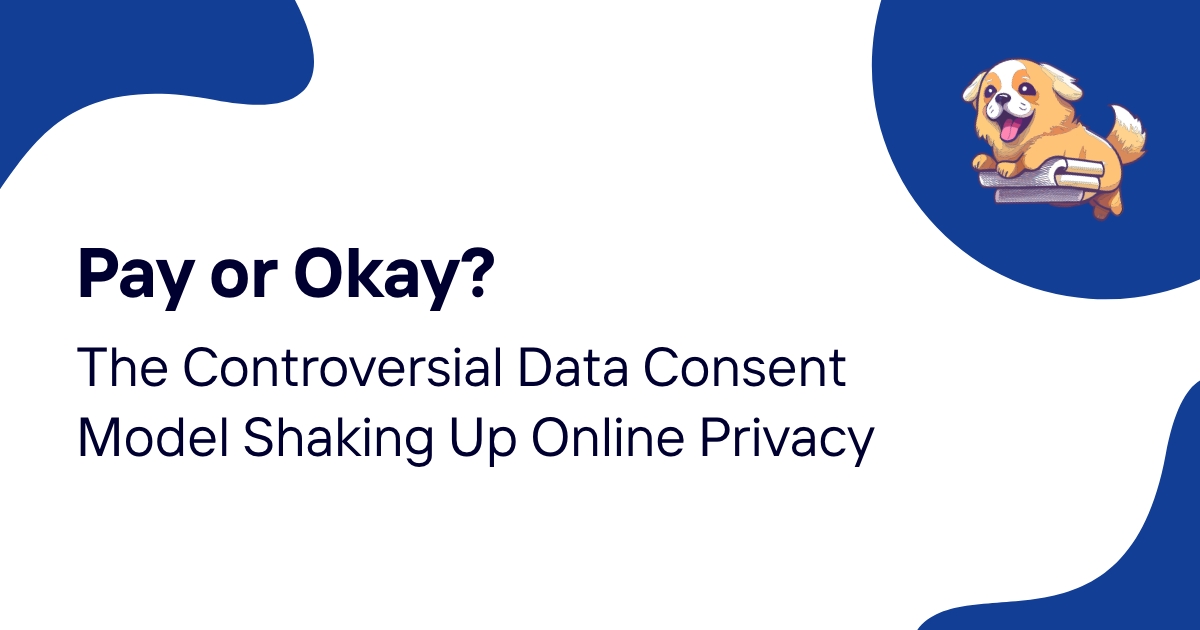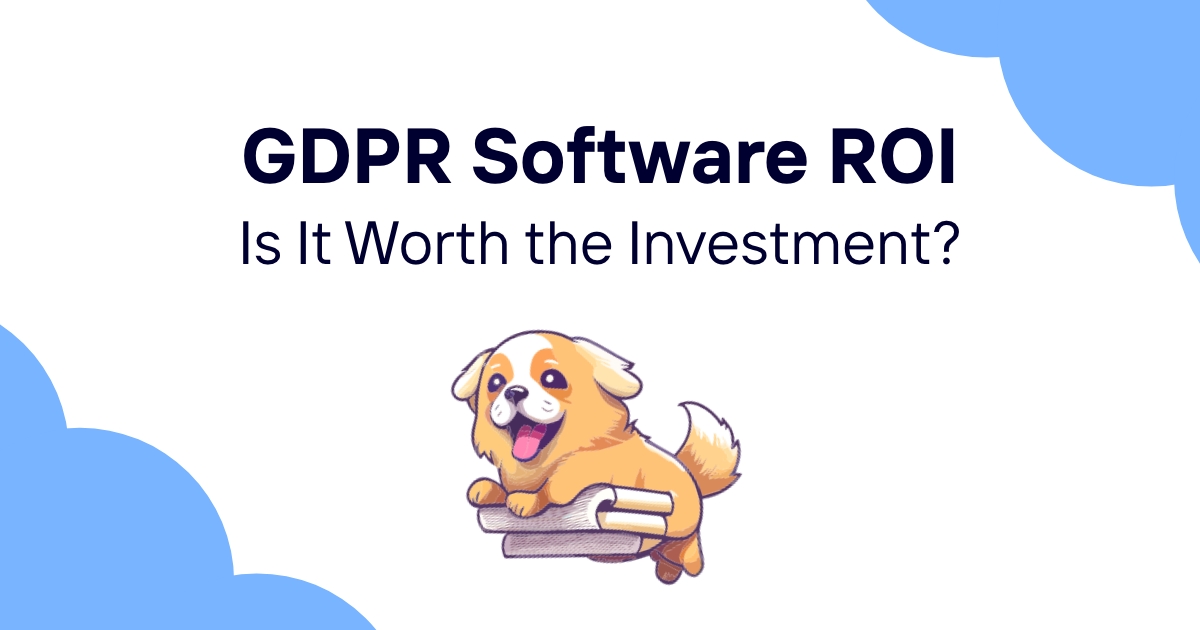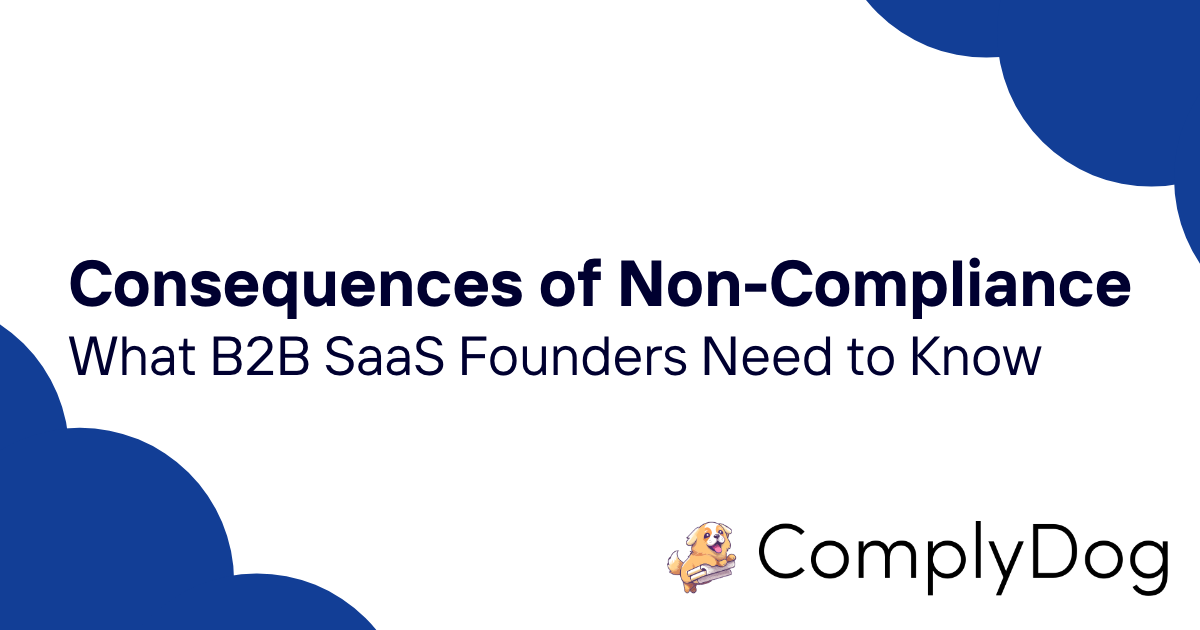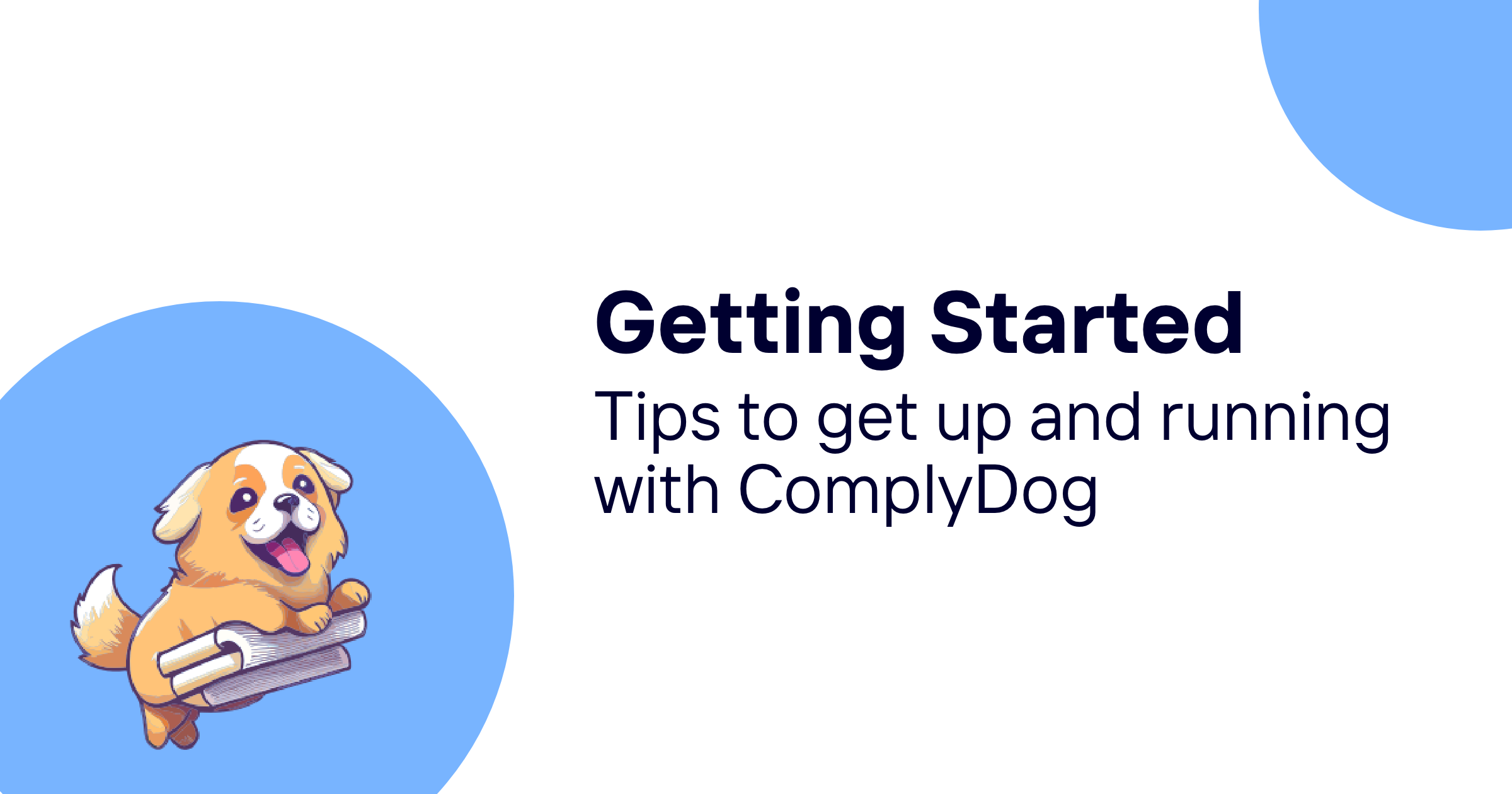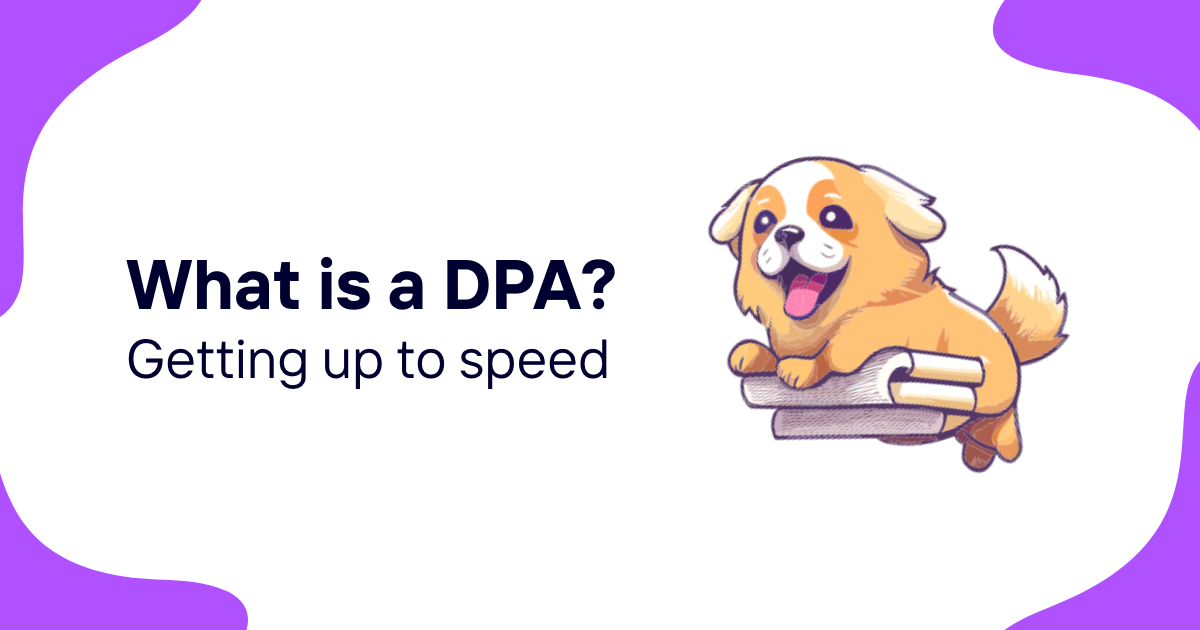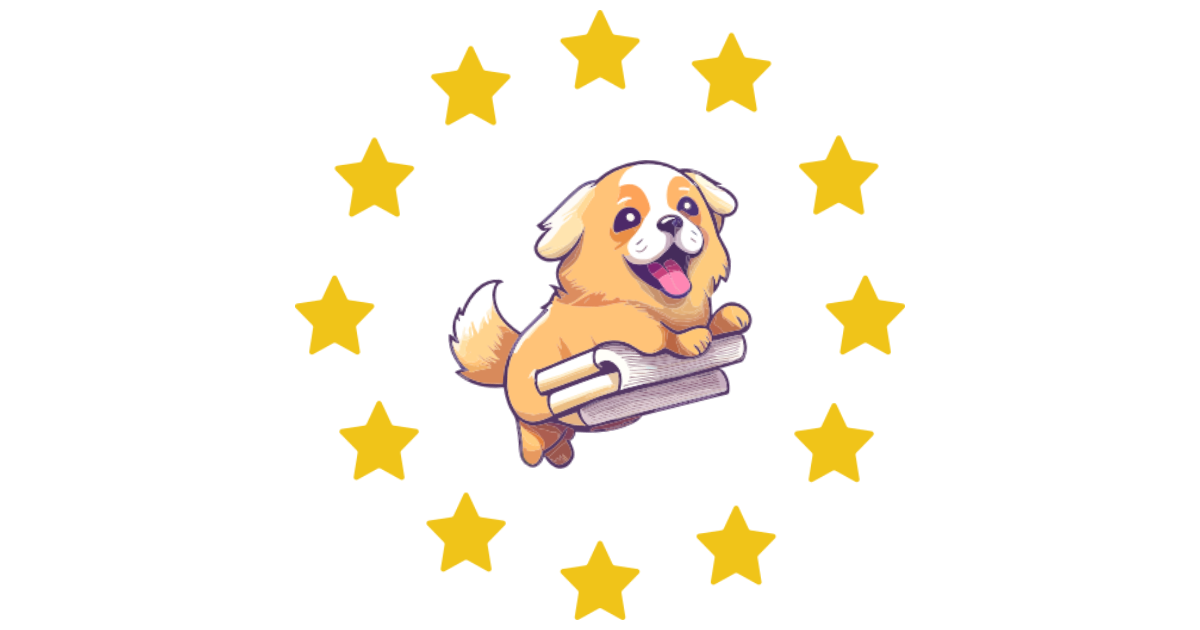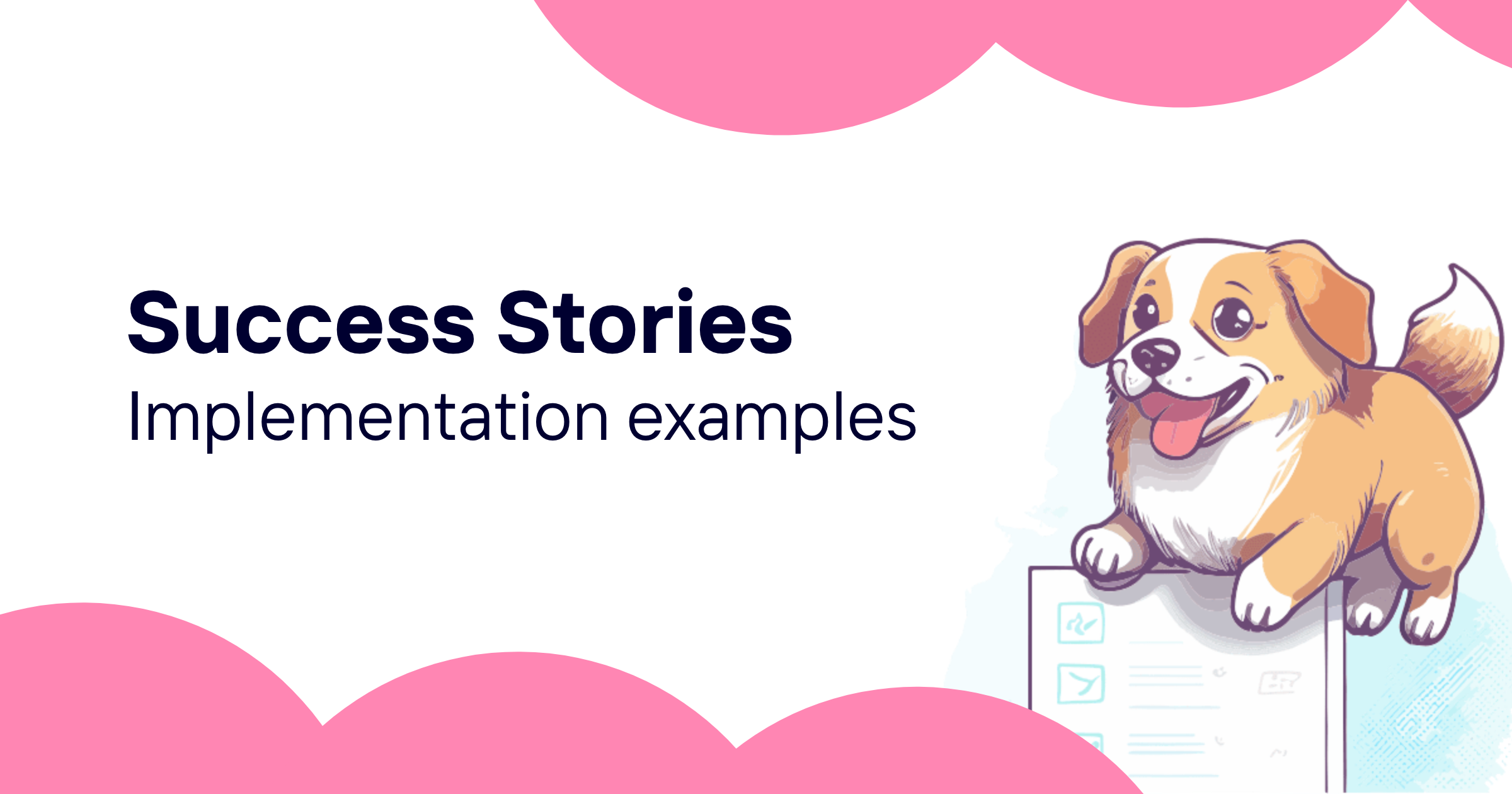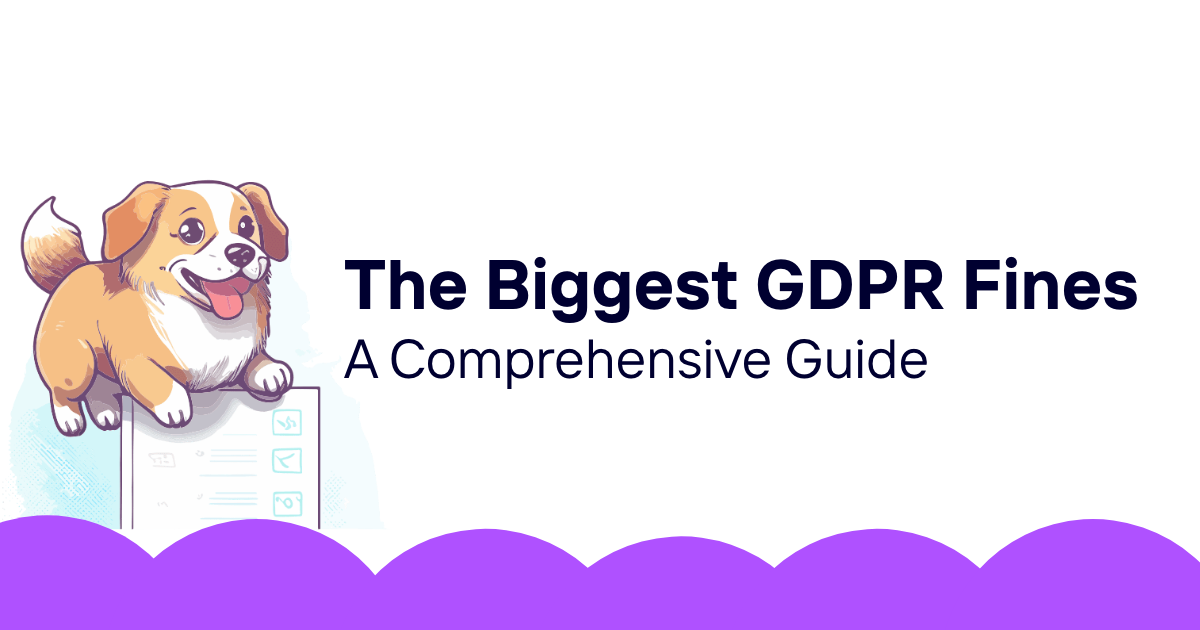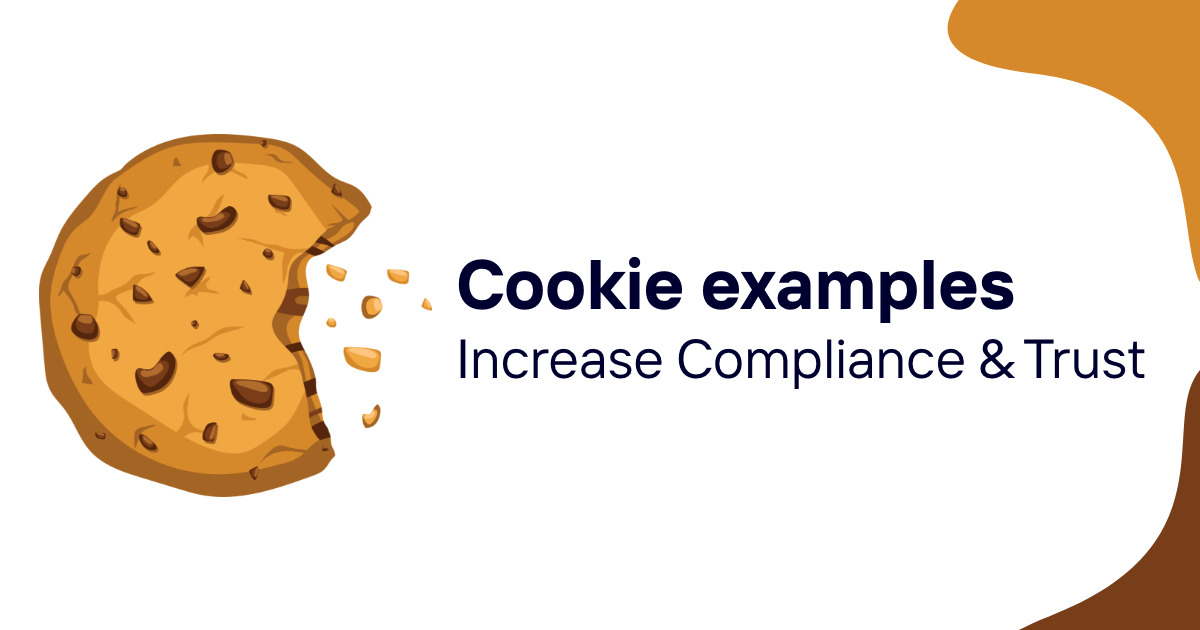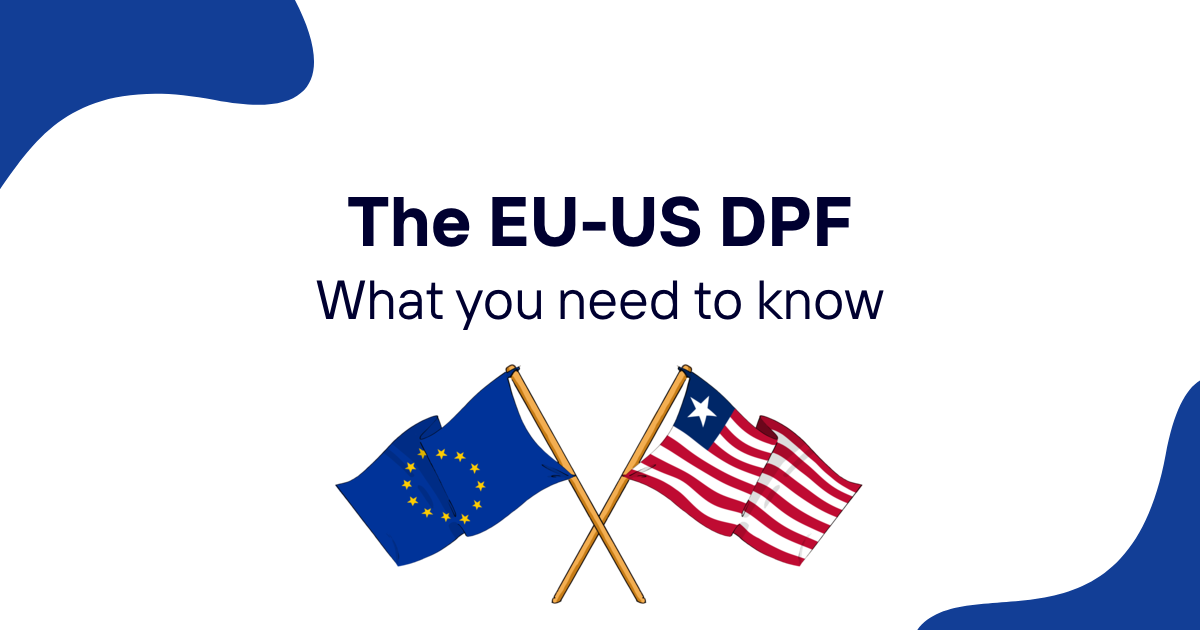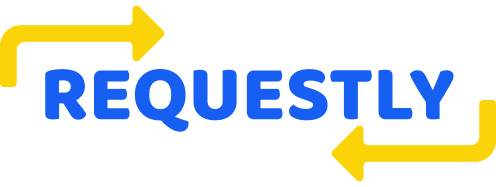The digital landscape is undergoing a significant shift as more websites adopt the "Pay or Okay" model for user data consent. This approach, which offers users a choice between paying for privacy or agreeing to data collection, has sparked intense debate and raised important questions about the future of online privacy and data protection.
Table of Contents
- What is the Pay or Okay Model?
- The Rise of Pay or Okay
- Legal Implications and GDPR Compliance
- The European Data Protection Board's Stance
- Impact on User Privacy and Choice
- Criticisms and Concerns
- Alternatives to Pay or Okay
- The Future of Online Privacy and Data Protection
- What This Means for Businesses
- Conclusion
What is the Pay or Okay Model?
The Pay or Okay model, also known as "Pay or Consent," is a data collection approach where websites offer users two options:
- Pay a fee to access the service without being tracked or having their data collected for advertising purposes.
- Agree to have their data collected and used for targeted advertising in exchange for free access to the service.
This model has gained traction as companies seek new ways to monetize their services in an era of increased privacy awareness and stricter data protection regulations.
The Rise of Pay or Okay
The Pay or Okay model gained significant attention when Meta (formerly Facebook) introduced it for Instagram and Facebook users in the European Union in November 2023. This move came in response to a July 2023 ruling by the Court of Justice of the European Union (CJEU), which declared Meta's previous data handling practices illegal.
Under Meta's implementation, users who opt not to pay face extensive data collection and tracking for targeted advertising. The initial cost for the paid, ad-free version was set at €9.99 per month per account, later reduced to €5.99 with discounts for additional accounts.
However, Meta is not alone in adopting this approach. A growing number of websites, particularly news outlets and online media platforms, have implemented similar models. According to some reports, up to 30% of the top 100 websites in certain European countries now use Pay or Okay systems to increase consent rates for data collection.
Legal Implications and GDPR Compliance
The legality of the Pay or Okay model under the General Data Protection Regulation (GDPR) has been a subject of intense scrutiny. The GDPR requires that consent for data processing be freely given, specific, informed, and unambiguous. Critics argue that the Pay or Okay model may not meet these criteria, as the choice between paying a fee or consenting to data collection could be seen as coercive.
Key legal considerations include:
- Validity of consent: Is consent truly "freely given" if the alternative is paying a potentially significant fee?
- Right to withdraw consent: The GDPR stipulates that it should be as easy to withdraw consent as it is to give it. Some implementations of Pay or Okay have been criticized for making consent withdrawal difficult or impossible without subscribing to a paid service.
- Data minimization: Even when consent is obtained, the GDPR requires that data collection and processing be limited to what is necessary for the specified purposes.
The European Data Protection Board's Stance
On April 17, 2024, the European Data Protection Board (EDPB) published its opinion on the Pay or Okay model, specifically addressing its use by large online platforms. The EDPB's key points include:
- The Pay or Okay approach should not be the default way forward for data controllers.
- Large online platforms should consider providing an "equivalent alternative" that does not require payment or consent to behavioral advertising.
- Even when consent is obtained, data processing must still adhere to GDPR principles, including necessity, proportionality, purpose limitation, data minimization, and fairness.
While the EDPB's opinion is not legally binding, it provides important guidance for data protection authorities and businesses implementing or considering Pay or Okay models.
Impact on User Privacy and Choice
The Pay or Okay model has significant implications for user privacy and the choices available to individuals online:
- Financial barrier to privacy: By putting a price tag on privacy, the model potentially creates a two-tiered system where only those who can afford to pay can protect their personal data.
- Consent fatigue: As more websites adopt this model, users may face an overwhelming number of decisions about their data, potentially leading to "consent fatigue" and less informed choices.
- Data value awareness: On the positive side, the model may increase user awareness of the value of their personal data and the costs associated with providing "free" online services.
A study by privacy advocacy group noyb estimated that if most online platforms adopted Pay or Okay models, users could face annual costs of over €1,500 to protect their privacy across various services.
Criticisms and Concerns
The Pay or Okay model has faced significant criticism from privacy advocates, consumer rights organizations, and some regulatory bodies. Key concerns include:
-
Coercion and lack of genuine choice: Critics argue that the model doesn't offer a real choice, as many users cannot afford the paid option and are effectively forced to consent to data collection.
-
Undermining the spirit of data protection laws: Some argue that Pay or Okay models circumvent the intent of regulations like the GDPR, which aim to give users more control over their personal data.
-
Disproportionate pricing: The fees charged for privacy-preserving options are often seen as excessively high compared to the actual costs of providing the service without targeted advertising.
-
Impact on vulnerable groups: The model may disproportionately affect low-income individuals, creating a privacy divide based on economic status.
-
Complexity and transparency: Users may not fully understand the implications of their choices or the extent of data collection they're agreeing to.
Alternatives to Pay or Okay
As the debate around Pay or Okay models continues, it's important to consider alternative approaches that balance user privacy with the need for sustainable business models:
-
Contextual advertising: Instead of relying on personal data for targeting, ads can be based on the content being viewed, preserving user privacy while still allowing for relevant advertising.
-
Privacy-preserving technologies: Techniques like differential privacy and federated learning can provide valuable insights to businesses without compromising individual user data.
-
Freemium models with privacy-respecting free tiers: Offer basic services without data collection, with premium features available for a fee.
-
Transparent data practices: Clearly communicate data collection and use policies, giving users more granular control over their information without requiring payment.
-
Data trusts and cooperatives: Explore models where user data is managed collectively, with benefits shared among participants.
The Future of Online Privacy and Data Protection
The Pay or Okay model represents a critical juncture in the evolution of online privacy and data protection. Its widespread adoption could significantly reshape the digital landscape, potentially leading to:
- Increased fragmentation of the internet, with varying levels of access and privacy based on users' willingness or ability to pay.
- Greater emphasis on privacy-enhancing technologies and business models that don't rely on extensive data collection.
- Evolving regulatory frameworks to address new challenges posed by such models.
- Shifts in user behavior and expectations regarding online privacy and the value of personal data.
As the situation develops, it's likely we'll see continued debate and potential legal challenges to Pay or Okay implementations. The outcome of these discussions will play a crucial role in shaping the future of online privacy and data protection.
What This Means for Businesses
For businesses, especially those operating in the EU or handling EU residents' data, the Pay or Okay model and surrounding debates highlight several important considerations:
-
Compliance risks: Implementing a Pay or Okay model may expose businesses to regulatory scrutiny and potential fines if not carefully designed to comply with GDPR and other applicable laws.
-
User trust: How businesses approach data collection and privacy can significantly impact user trust and loyalty. Transparent and user-friendly approaches may provide a competitive advantage.
-
Revenue models: Companies may need to reassess their revenue strategies, particularly if they rely heavily on targeted advertising based on user data.
-
Innovation opportunities: The push for privacy-preserving alternatives opens up new avenues for innovation in advertising technology, user experience design, and data management.
-
Legal and ethical considerations: Businesses must navigate complex legal and ethical terrain, balancing their need for data with user rights and societal expectations around privacy.
Conclusion
The Pay or Okay model represents a significant shift in how online services approach user privacy and data collection. While it offers a potential solution for businesses looking to comply with data protection regulations while maintaining ad-based revenue models, it also raises serious concerns about the commodification of privacy and the creation of digital divides.
As the debate continues and regulatory positions evolve, businesses and users alike must stay informed about the implications of these models. The future of online privacy will likely depend on finding balanced approaches that respect user rights, provide sustainable business models, and foster innovation in privacy-preserving technologies.
Ultimately, the goal should be to create a digital ecosystem where privacy is not a luxury, but a fundamental right accessible to all users, regardless of their economic status. As we navigate these complex issues, ongoing dialogue between businesses, regulators, privacy advocates, and users will be crucial in shaping a future that balances the benefits of digital services with the protection of individual privacy.
